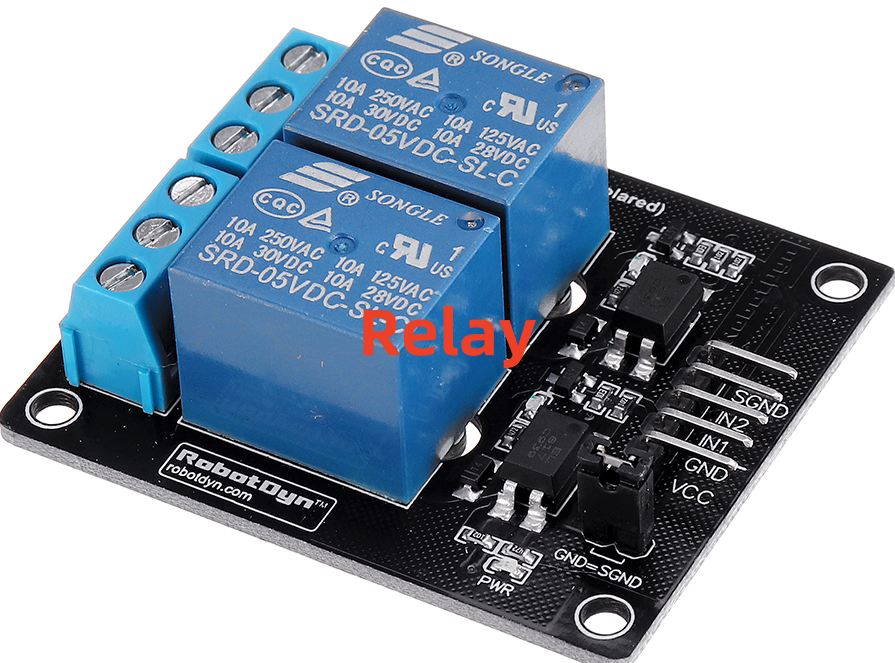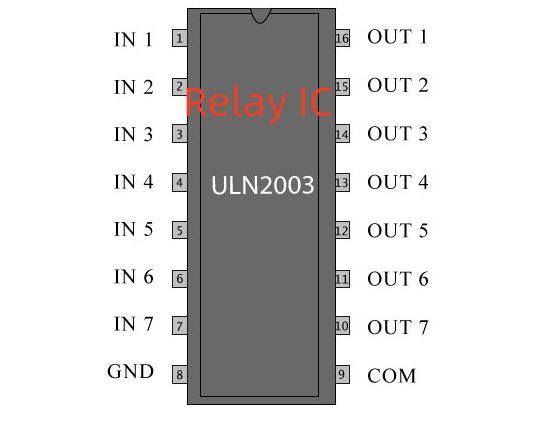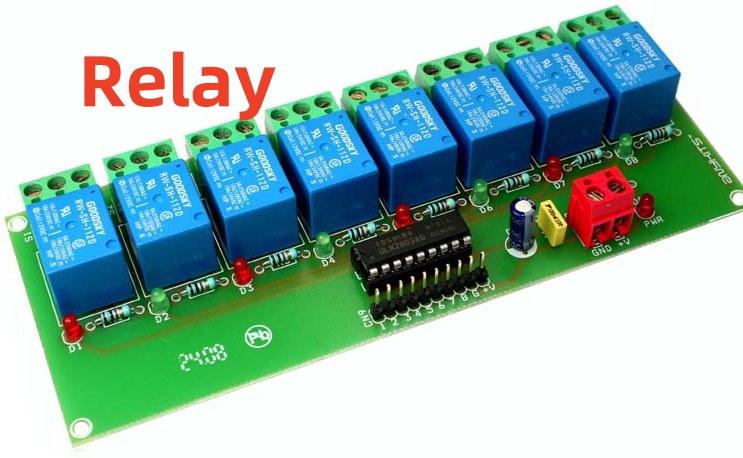Relays and integrated circuits are both common electrical components used in many electronics systems and devices. But they serve quite different functions.
Relays are electromechanical switches that use a magnetic field to control electrical contacts and isolate incompatible circuit stages while enabling signals.
Integrated circuits are complex microelectronic semiconductor devices encapsulated into single tiny chips that integrate and interconnect miniature transistors, resistors and other components to enable sophisticated processing, computation and analog functions.
Below we’ll explore the key differences and similarities in further depth across parameters like:
- Operating principles
- Materials and construction
- Performance characteristics
- Applications and usage
By the end, the unique strengths of these complementary technologies that make them suitable for distinct roles will be clear.
Operating Principles Comparison

Fundamentally, relays and ICs achieve their functionality through very different means:
Relays
Relays are electro-mechanical components with an electromagnet that actuates a mechanical switch linking input and output contacts when energized. This enables electrical signal transmission or power switching by creating and breaking a physical metallic contact path without any semiconductor operation.
Integrated Circuits
In contrast, ICs utilize complex microelectronic semiconductor fabrication techniques to construct millions of interconnected transistors, diodes, resistors and other elements onto tiny silicon dies that can perform logic, processing, routing and amplification operations. This leverages clever manipulation of electron flow rather than physical contact.
Construction and Composition Differences
The materials and assembly methods used to fabricate relays versus ICs varies enormously:
| Parameter | Relays | Integrated Circuits |
|---|---|---|
| Key Materials | Metals, plastics, wire windings | Silicon, various metal layers |
| Fabrication | Component wiring and soldering | Ultra cleanroom photolithography |
| Die Size | >10mm scale parts | Microscopic nanometer scale features |
| Encapsulation | Optional sealing | Required – epoxy resin packages |
| Connectors | Wires, screws, or PCB pins | Fine lead wires or balls |
Relays utilize discrete macroscopic components that get manually wired together, while ICs employ exotic chemistry and physics on nearly atomic scales.
Performance Characteristic Differences
The characteristics and capabilities of relays and ICs diverge enormously:
Speed
- Relays operate mechanically in the 10s millisecond range
- ICs exploit electron motion at nanosecond speeds
Reliability
- Relay lifetimes limited to 10,000s cycles by metal fatigue
- ICs can operate reliably for decades
Power
- Relays handle large voltages with high current loads
- ICs use minute signals at microwatt power
Complexity
- Relays offer straightforward single switching
- ICs integrate billions of elemental functions
Environments
- Relays rugged to most outdoor settings
- ICs require carefully controlled clean conditions
So while relays physically shift signals across circuits, ICs synthesize new signals with advanced capabilities.
Typical Applications and Usage
Due to their profoundly different attributes, relays and ICs serve very distinct applications:
Common Relay Applications
- Power sequencing control
- Motor drivers
- Solenoids/actuators
- Battery and mains switching
- Any larger power load isolation
Typical IC Applications
- Microprocessors
- Memory
- Programmable logic
- Buck converters
- Radios
- Operational amplifiers
- Sensors
- Nearly any signal processing
In short, relays handle routing of electrical signals while ICs create and manipulate those signals.
Comparative Summary

This table summarizes some of the key differences across parameters:
| Parameter | Relays | Integrated Circuits |
|---|---|---|
| Principle | Electro-mechanical | Electronic semiconductor |
| Speed | Millisecond | Nanosecond |
| Lifetime | 10,000s cycles | Decades |
| Power | High voltage/current | Microwatt |
| Complexity | Single switching | Vast integration |
| Applications | Power loads and isolation | Signal processing and logic |
In summary:
- Relays physically isolate and switch electrical connections using magnetic forces and metal contacts.
- ICs utilize complex silicon microelectronics to synthesize and process signals with tremendous sophistication and capability using almost no power.
Frequently Asked Questions
Can a relay replace an IC?
No generally not: relays lack the intricate interconnected electronic signal manipulating capacities central to the functioning of integrated circuits. But for some applications like motor switching, large load isolation and power sequencing, relays can fulfill roles otherwise requiring complex circuitry.
Do ICs contain relays?
Relays and ICs generally serve quite distinct purposes and differ enormously in operational principles and performance characteristics. So typical ICs will NOT contain relays internally – they leverage sophisticated transistor integration to achieve robust function. However, some special hybrid microelectromechanical “ICs” do integrate microscopic MEMs relays alongside traditional electronics onto single chips.
What separates a relay from a regular switch?
While a basic on/off electrical switch creates a temporary metallic short between two conductors to pass current, relays integrate switch contacts into electromagnetic constructs allowing full electrical isolation and switching control based solely on applied input current signals, enabling detection, logic and amplification functionality not possible from generic mechanical switches alone.
What are main advantages of ICs over relays?
ICs offer: vastly smaller size and form factors, far greater operating speeds reaching nanoseconds, incredibly low microwatt power budgets, superior reliability lasting decades, and monumentally more intricate complexity packing billions of transistors to enable immensely sophisticated analog and digital signal processing functionality fundamentally impossible via mechanical relays alone all at affordable prices.
What are the limitations of integrated circuits versus relays?
While vastly more capable and multi-functional than electromechanical relays, ICs cannot directly switch large voltages and high electrical loads or withstand extreme outdoor operating environments the way that rugged relay contacts can. Hybrid integration of microscopic MEMs relays with traditional ICs however aims to bridge aspects of both technologies’ strengths.





